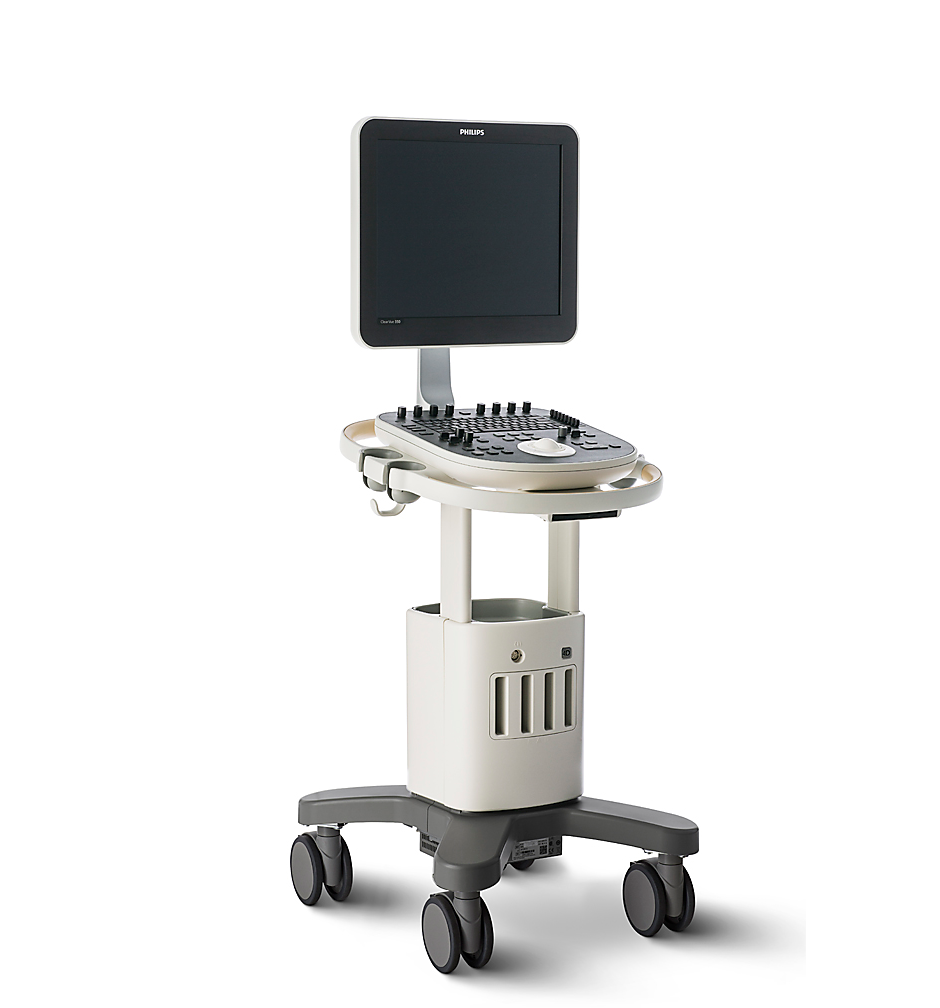Monday, July 27, 2020
Full benefits of AI in radiology requires evaluating human impacts
Elizabeth Krupinski, PhD, is Professor and Vice Chair for Research in the Department of Radiology and Imaging Sciences at Emory University School of Medicine. She is a member of the Academy for Radiology & Biomedical Imaging Research. Prior to joining Emory, Dr. Krupinski was a Professor at the University of Arizona in the Departments of Radiology, Psychology and Public Health, and was also Vice Chair of Research in Radiology. She is past chair of the SPIE Medical Imaging Conference, past president of the American Telemedicine Association, and past chair of the Society for Imaging Informatics in Medicine. Dr. Krupinski’s research interests are in medical image perception, observer performance, medical decision making, and human factors as they pertain to radiology and telemedicine. Dr. Krupinski received the Academy of Radiology Research Distinguished Investigator Award in 2014 and the ATA President's Award for Individual Leadership in 2017. She serves on a number of editorial boards for both radiology and telemedicine journals and is the Co-Editor of the Journal of Telemedicine & Telecare. She serves regularly as a grant reviewer for the NIH, DoD, TATRC and other federal, state and international funding agencies and has served as a member of a number of FDA review panels. She is a frequent and sought after speaker at medical imaging conferences. PARCA-eNews spoke to her by phone about her perceptions and observations about artificial intelligence (AI) implementations in radiology.
COVID-19 spurs deployment of at-home PACS
 |
| Photo credit – BARCO, Inc. |
Srini Tridandapani and colleagues at UAB’s Radiology Department successfully deployed more than two dozen at-home radiology workstations within a couple of weeks time. The group recounted their experience in the May 20 issue of the American Journal of Roentgenology.
Remote medical imaging reading is here to stay
 |
| Credit HealthImaging |
In a report on the SIIM virtual meeting in June, by Matt O’Connor for HealthImaging, a panel discussion on "Remote Reading in the COVID-19 Era," Matthew Hayes, a PACS manager at Radiology Partners made the case for PACS administrators to plan for this growing trend shift to remote reading.
ONC's Tech Forum to go virtual Aug. 10-11
 |
| Credit – Analytics India Magazine |
Imaging finds inflammatory syndrome in kids with previous exposure to SARS-CoV-2
 |
| Image credit – Evelina Children's Hospital |
The children were admitted to the Evelina London Children’s hospital in London for fever, abdominal pain, vomiting, diarrhea and conjunctivitis (pink eye). Chest x-rays in 19 of the patients showed bronchial wall thickening, chest CT scans found collapsed lung with pleural effusion (fluid in the lungs) but no embolisms.
Web-based lung and COVID-19 imaging data management system offered free
PenRad donates its PenLung CT tracking software
Microsoft re-issues warning to patch Exchange server security
 |
| Credit Microsoft Security |
PARCA eNews – June 24, 2020 – Microsoft has issued a further warning to all Exchange users to patch the critical Microsoft Exchange memory corruption vulnerability CVE-2020-0688.
Microsoft released an update to correct the vulnerability in February 2020 and an alert was issued in March when the flaw started to be exploited by APT groups according to HIPAA Journal.
Microsoft released an update to correct the vulnerability in February 2020 and an alert was issued in March when the flaw started to be exploited by APT groups according to HIPAA Journal.
Flaw in Philips ultrasound machines allows bypass of authentication
 |
| Photo credit Phillips |
FBI and CISA warn organizations of risks of TOR users
PARCA eNews – The Cybersecurity and Infrastructure Security Agency (CISA) last week released a joint report with the Federal Bureau of Investigation (FBI) warning of cyber-attacks using The Onion Router (Tor).
Tor is software that allows users to browse the web anonymously by encrypting and routing requests through multiple relay layers or nodes. While this software can be used legally to protect individuals who wish their information to remain anonymous on the internet, cyber threat actors can use Tor software and network infrastructure for anonymity and obfuscation purposes to clandestinely conduct malicious cyber operations.
Tor is software that allows users to browse the web anonymously by encrypting and routing requests through multiple relay layers or nodes. While this software can be used legally to protect individuals who wish their information to remain anonymous on the internet, cyber threat actors can use Tor software and network infrastructure for anonymity and obfuscation purposes to clandestinely conduct malicious cyber operations.
Subscribe to:
Posts (Atom)



